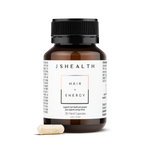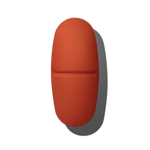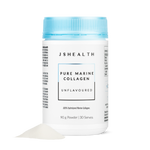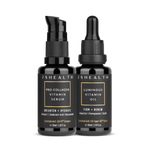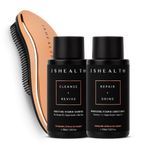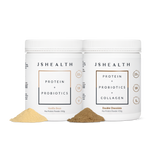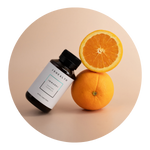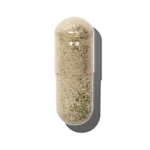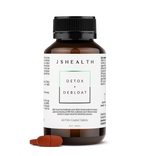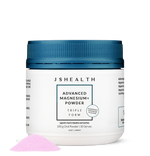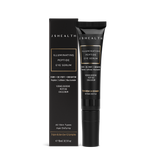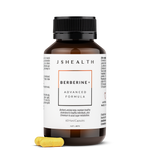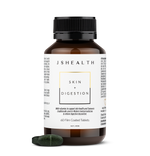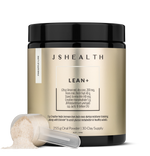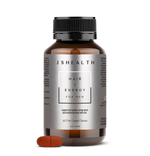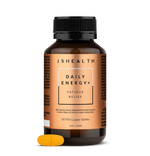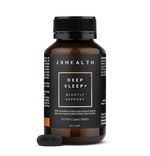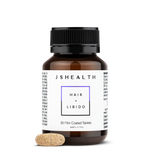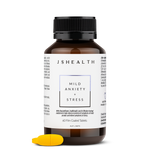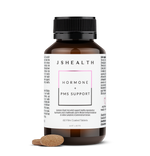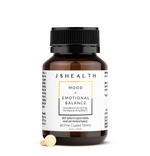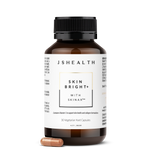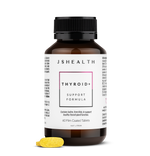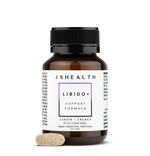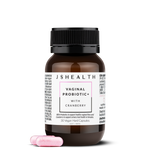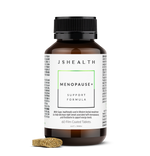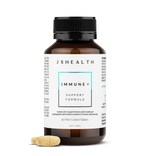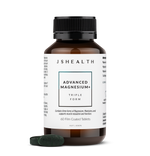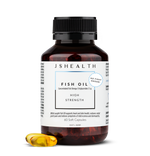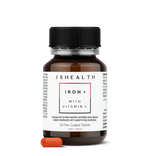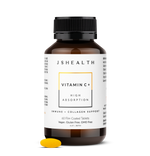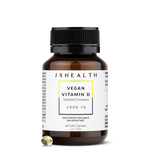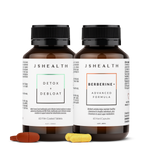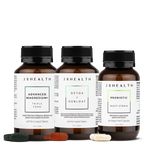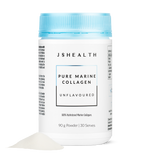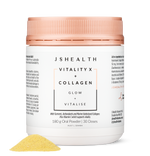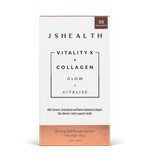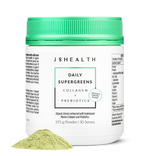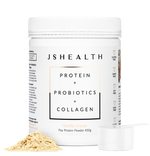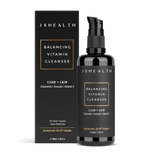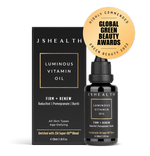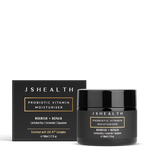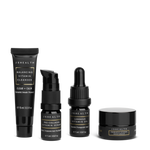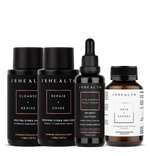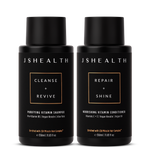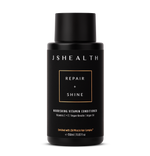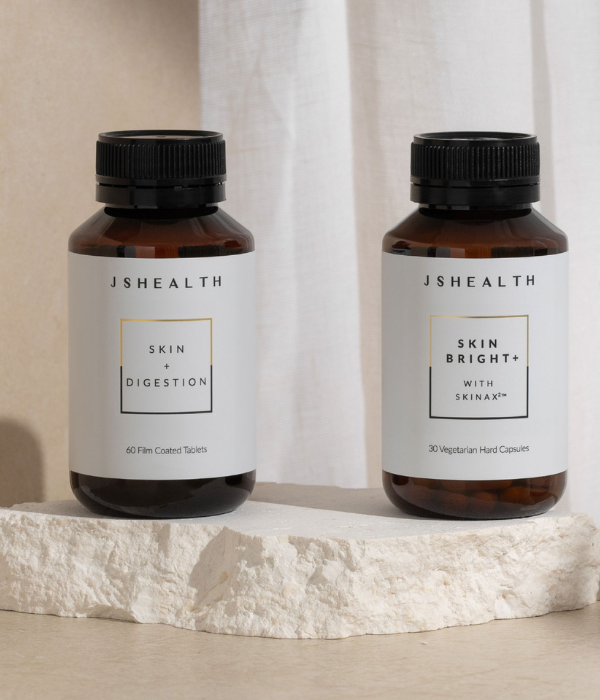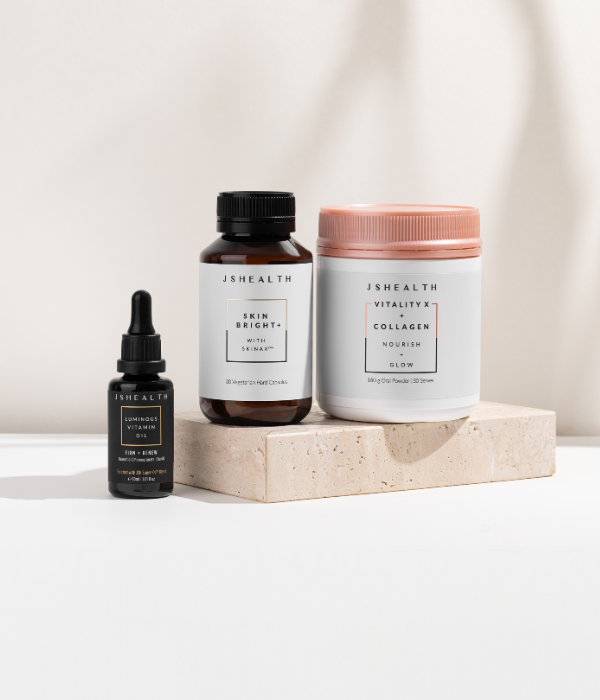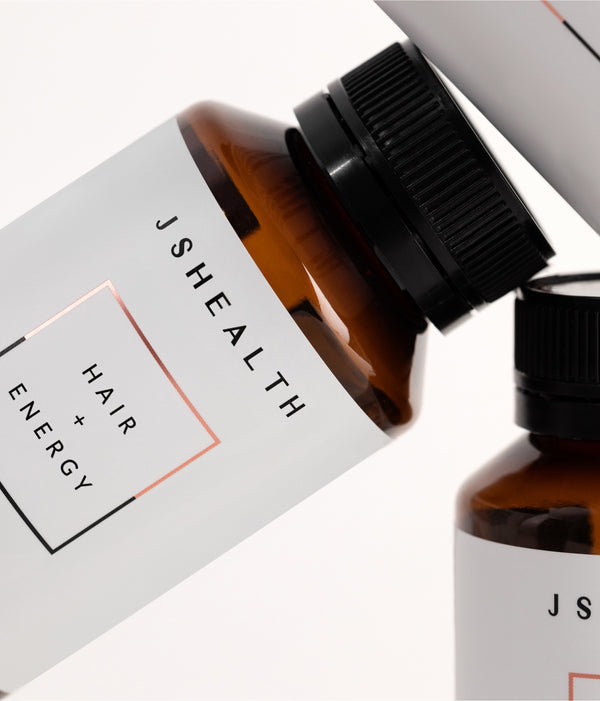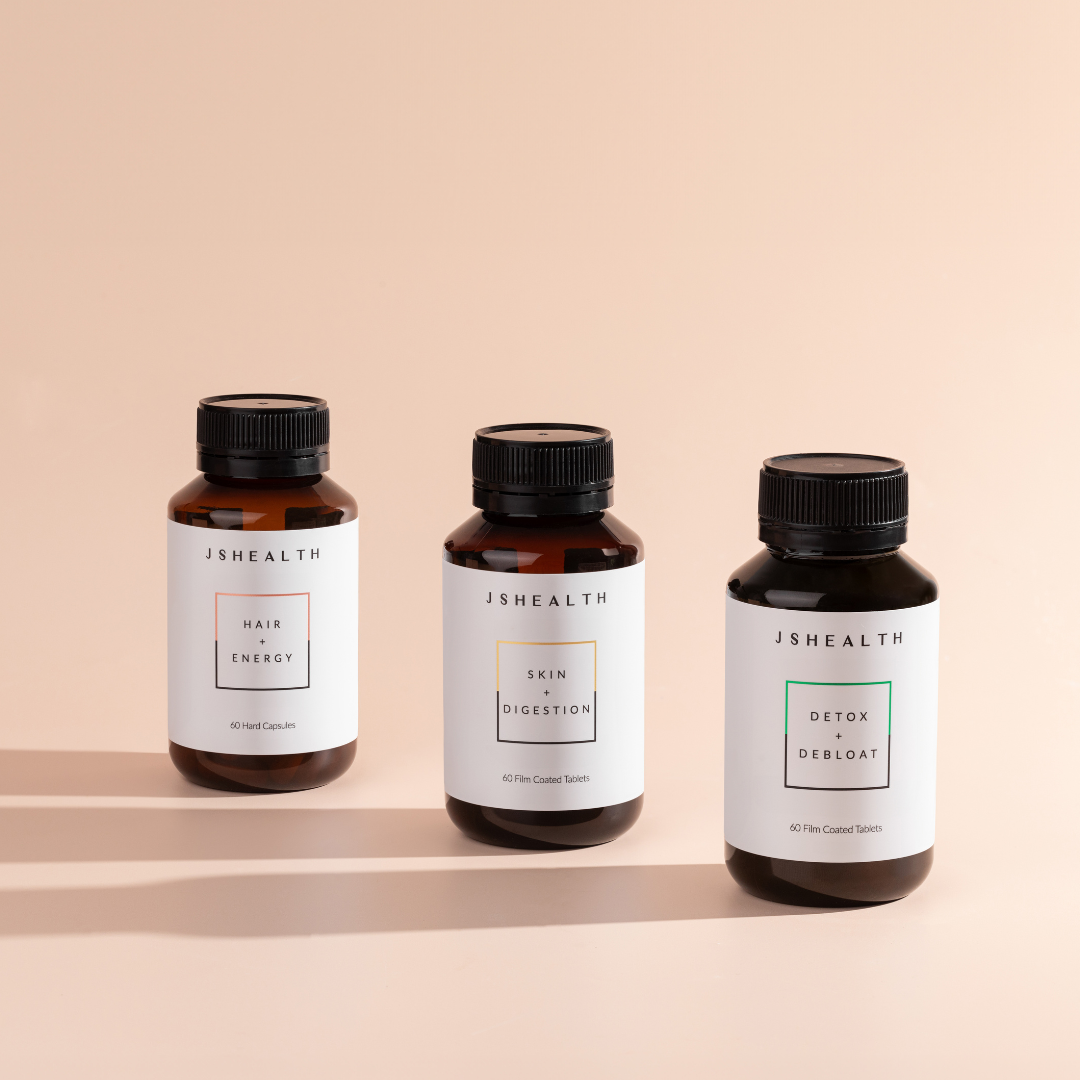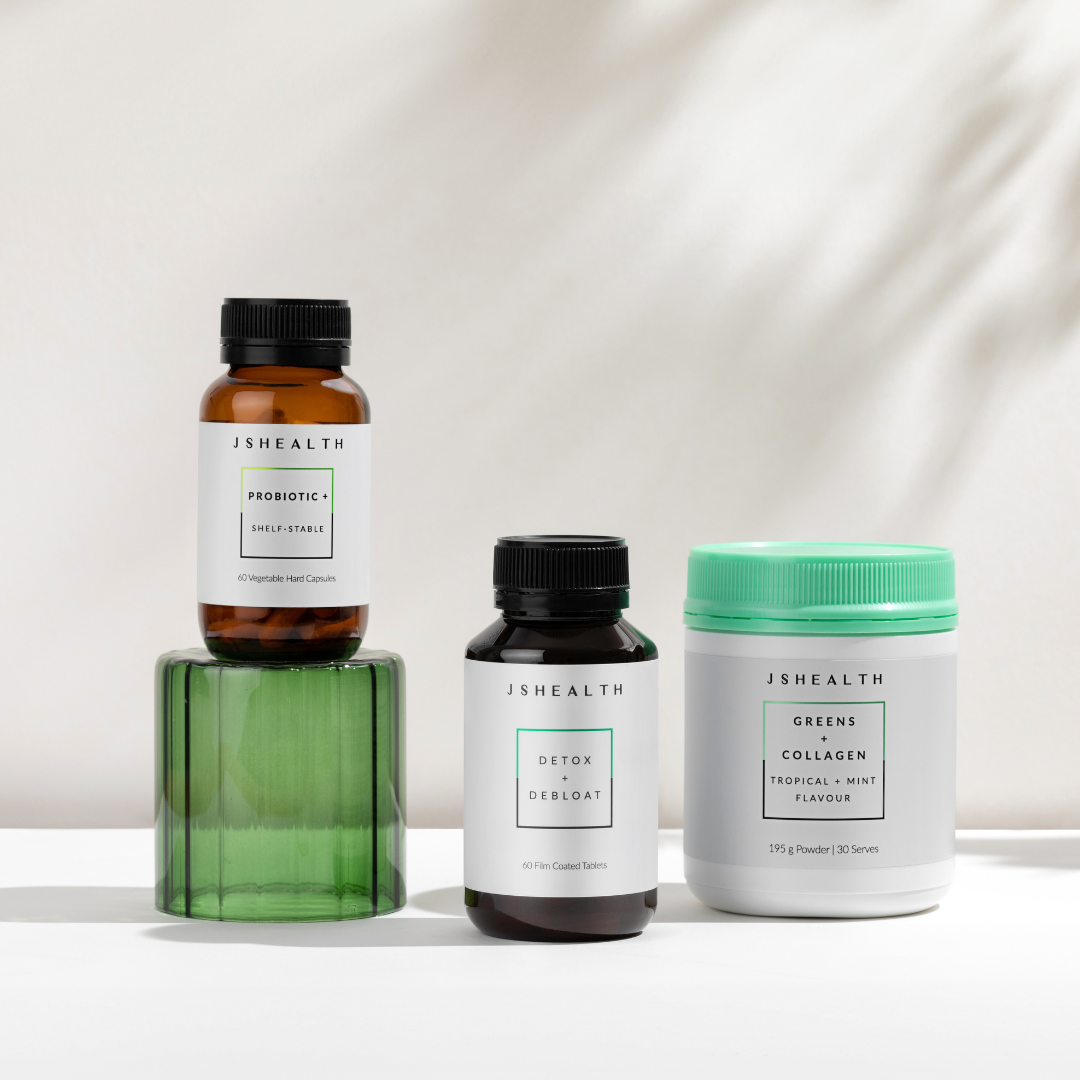10 Foods High in Folate You Should Consume More of
Nutrition plays a significant role in maintaining your overall wellbeing, and incorporating certain nutrients into your diet can sometimes be challenging. Folate is one such nutrient that may require extra attention to ensure you receive adequate amounts for optimal health.
As an essential vitamin, the body is unable to produce folate on its own and requires you to consume it regularly in your diet in order to maintain healthy levels.
Folate deficiency is a significant issue globally, with some countries experiencing it on a large scale within their population due to a lack of access to public health interventions like fortification.
Here’s a closer look at everything you should know about folate, foods that are high in folate, and other ways you can increase your dietary consumption of folate.
What Is Folate?
Folate, also known as vitamin B9, is an essential vitamin that plays a crucial role in cell growth and development. It is particularly important for pregnant women, as it helps prevent neural tube defects during development, but it also plays many other important functions within the body.
Some of these other roles include helping support red blood cell production and supporting your DNA.
How Much Folate Do You Need?
As stated previously, folate is considered an essential vitamin, meaning you need to consume it regularly since your body is incapable of synthesising it on its own.
It’s in the best interest of your overall health to get your recommended intake on a consistent basis — low levels of folate can contribute to a wide range of long-term health consequences.
The amount of folate you need depends on several factors, including your age, sex and pregnancy status. For women of childbearing age, the CDC recommends consuming 400 mcg of folic acid on a daily basis.
It is important to note that the dietary consumption of folate and your recommended intake of folic acid are not a 1:1 translation. The consumption of folate found in foods is often significantly higher as it tends to be less effectively absorbed into the body.
If you have any questions about how much folate you should be taking to meet your specific health needs, reach out to your healthcare provider, who will be able to help guide you on a personalised basis.
What Foods Are High in Vitamin B9?
Getting enough vitamin B9 is an important aspect of your overall health, and knowing which foods are rich sources can help you to naturally elevate your intake to help you stay on top of your folate consumption.
Below is a closer look at 10 foods high in vitamin B9 and some tasty ways you can start incorporating them into your diet.
Leafy Greens
When it comes to embracing a healthy eating lifestyle, leafy greens are frequently regarded as an essential food choice for inclusion in a well-balanced diet. Leafy greens is a term used for vegetables with edible leaves. This can include cruciferous vegetables such as kale, arugula, spinach, bok choy, lettuce and collard greens.
Leafy greens are an excellent food because they are a rich source of naturally occurring vitamins and minerals, including vitamin B9. You can enjoy leafy greens raw in a salad, or they can easily be incorporated into your favourite smoothie.
Legumes
Legumes are a family of food that includes lentils, peas and beans. Legumes are an excellent source of dietary fibre and plant-based protein, but they also contain a healthy dose of folate. A cup of cooked lentils contains a significant amount of folate and can be used in soups, enjoyed as a nutritious side or in many vegetarian recipes that may opt for it as a meat substitute.
Citrus Fruits
Citrus fruits are a delightful acidic food to incorporate into your diet. Citrus fruits include grapefruit, oranges, lemons, limes and clementines. These fruits are most commonly known as excellent vitamin C sources, but they also contain vitamin B9.
While you most likely won’t get your daily allowance of folate from citrus fruits alone, incorporating these fruits into your diet as a snack may be a helpful way to increase your intake of this essential vitamin.
Asparagus
Asparagus is a vegetable that is commonly prepared as a side dish, but it can readily be added to most meals. Indeed, many opt to include asparagus in their omelettes for a delicious and nutritious added crunch.
Asparagus is full of nutrients, including folate. Four boiled spears of asparagus contain a little more than 20% of your daily value of folate. While it won’t cover your daily requirement, incorporating it into your diet can help you to reach your daily folate consumption goal.
Brussels Sprouts
Brussels sprouts can be roasted, sautéed, or steamed and served as a side dish or added to salads. Aside from being an excellent addition to a meal, brussels sprouts are an excellent source of folate in addition to fibre, vitamin C, vitamin K and minerals.
When it comes to vegetables, brussels sprouts tend to be one of the higher sources of naturally occurring folate, with a half-cup serving equating to approximately 20% of your daily value of folate.
Broccoli
Broccoli is another cruciferous vegetable that can be a great addition to a healthy diet and help you to increase your intake of folate. Broccoli is an excellent source of vitamin C, fibre, folate and minerals and is easy enough to steam and add to many meals.
While broccoli is a nutritious food, it may be a food to avoid for those with IBS or individuals that are sensitive to fermentable oligosaccharides, monosaccharides and polyols (FODMAPs) as the cruciferous vegetable may exacerbate symptoms such as bloating.
Beets
Beetroot is a deep red root vegetable bursting with a range of nutrients. In addition to containing vitamin B9, beets are a rich source of antioxidants, dietary fibre, minerals and nitrates.
Beets are a feature of many colourful dishes around the world, but if you are looking for a quick and easy way to incorporate this root vegetable, you can chop up some canned beets and add them to a salad, drink a cold-pressed beet beverage, or add beets to your next soup.
Papaya
Papaya is a fruit native to the Americas. This fleshy fruit is full of nutrients ranging from vitamin C and antioxidants to vitamin B9. Papaya can be enjoyed as a snack or added to smoothies or fruit salads.
Avocado
Avocado is a delicious and versatile fruit that is also rich in folate. In addition to folate, avocados are an excellent source of healthy fats, potassium and fibre. Avocado can be enjoyed on toast, in salads, or blended into a creamy dressing or dip and added to a green smoothie.
By incorporating avocados into your morning routine, be it through a delightful avocado toast or a rejuvenating smoothie, you can effectively boost your folate intake and enhance your overall nutrition.
Fortified Foods
Government and manufacturers employ food fortification as a strategy to enhance the consumption of specific nutrients among the general population. Fortification typically involves adding supplemental vitamins and minerals to commonly consumed foods which include grains, cereal, dairy, flour and other grain foods.
Foods fortified with flare can contain upwards of 20% of your recommended daily value of folate and can be a great way to help increase your intake. Simply incorporating enriched rice, enriched flour, or products that have been fortified with folate into your diet can be immensely helpful.
Can You Supplement Folate?
While it is ideal to obtain most of your nutrients from the food you consume, the use of dietary supplements can be beneficial in addressing any nutritional deficiencies that might result from your diet.
In this way, a comprehensive dietary supplement that contains calcium folinate, along with vitamin C, iron and other essential B vitamins (such as B9) can offer a well-rounded approach to supporting your overall health.
Summary
Incorporating folate-rich foods into your diet is easy and delicious. Whether you prefer leafy greens, legumes, citrus fruits, avocados, or fortified foods, there are plenty of options to choose from. By making conscious choices to include more of these options to your daily meals or snacks, you can make the right steps toward reaching your particular goals involving folate intake.
Sources:
Folate Health Professional Fact Sheet | NIH
General Information About NTDs, Folic Acid, and Folate | CDC
